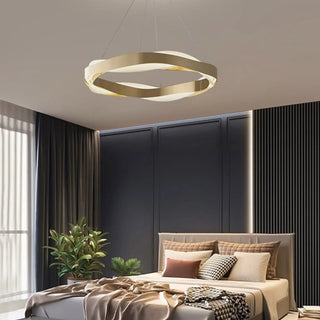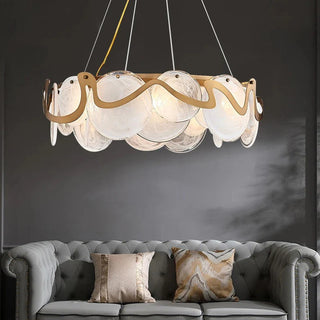Introduce the significance of wall clocks as both functional and decorative elements, highlighting the importance of choosing a wall clock that suits your style, fits the space, and serves its intended purpose.
I. Determine Your Style
- Explore Different Interior Design Styles
- Provide an overview of popular interior design styles, such as modern, vintage, industrial, and minimalist.
- Discuss the characteristics, color palettes, and key elements of each style.
- Explain how to match the wall clock's style with the overall design aesthetic of the space.
II. Assess the Room Size and Proportions
- Consider the Dimensions and Available Wall Space
III. Choose the Right Clock Face
- Analog or Digital Clock Face
- Discuss the differences between analog and digital clock faces.
- Explain how each type can enhance or complement different styles of decor.
- Provide examples of analog and digital clock faces and their suitability for specific design aesthetics.
- Readability and Style
- Emphasize the importance of choosing a clock face that is easy to read.
- Discuss factors such as font size, color contrast, and clarity of numerals.
- Provide tips on selecting a clock face that aligns with the style of the space while ensuring readability.
IV. Consider the Materials and Finishes
- Wood, Metal, Glass, and Acrylic
- Discuss the characteristics and visual effects of different materials used in wall clocks.
- Explain how wood, metal, glass, or acrylic can contribute to the overall style.
- Provide examples of materials that work well with specific design themes.
- Finishes and Surface Treatments
- Discuss various finishes such as matte, glossy, distressed, or brushed.
- Explain how different finishes can create specific visual effects and enhance the overall aesthetic.
- Provide guidance on choosing finishes that complement the decor and desired atmosphere.
V. Evaluate the Clock's Functionality
- Additional Features
- Discuss optional features that some wall clocks may offer, such as date display, temperature, or sound options.
- Explain how these features can add functionality and convenience to the space.
- Encourage readers to consider their specific needs and preferences when deciding on additional features.
VI. Pay Attention to Clock Mechanisms
- Quartz, Mechanical, and Atomic Clock Mechanisms
- Explain the differences between these mechanisms in terms of accuracy, maintenance, and style.
- Discuss the advantages and disadvantages of each mechanism type.
- Help readers choose a mechanism that aligns with their preferences and requirements.
VII. Consider Unique and Artistic Designs
- Oversized and Statement Clocks
- Highlight the impact of oversized clocks as eye-catching focal points.
- Discuss how unique shapes, designs, and materials can create artistic and personalized wall clocks.
- Provide examples of unconventional and artistic wall clock designs.
- DIY Clock Kits and Customization
- Introduce DIY clock kits that allow for customization and personalization.
- Discuss the satisfaction and creativity of assembling and designing your own clock.
- Encourage readers to explore DIY options for a truly unique and one-of-a-kind timepiece.
Summarize the key points discussed in the article, emphasizing the importance of style, size, and functionality when choosing a wall clock. Reiterate the significance of selecting a wall clock that enhances the overall ambiance of the space.








